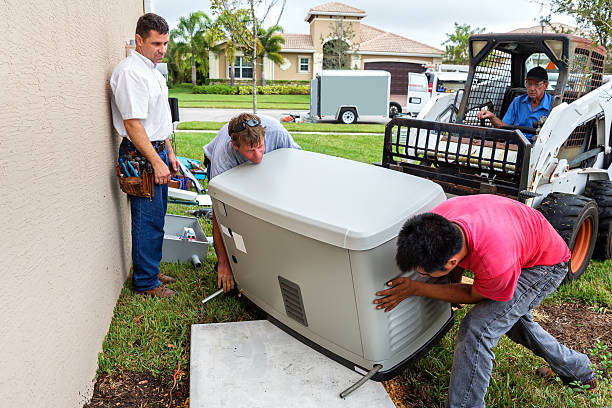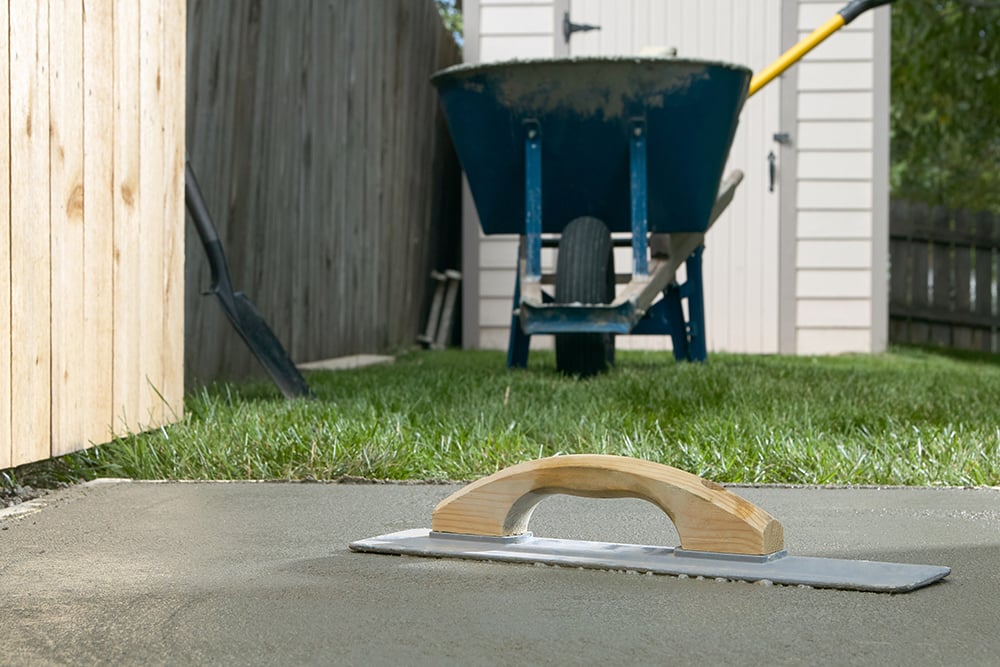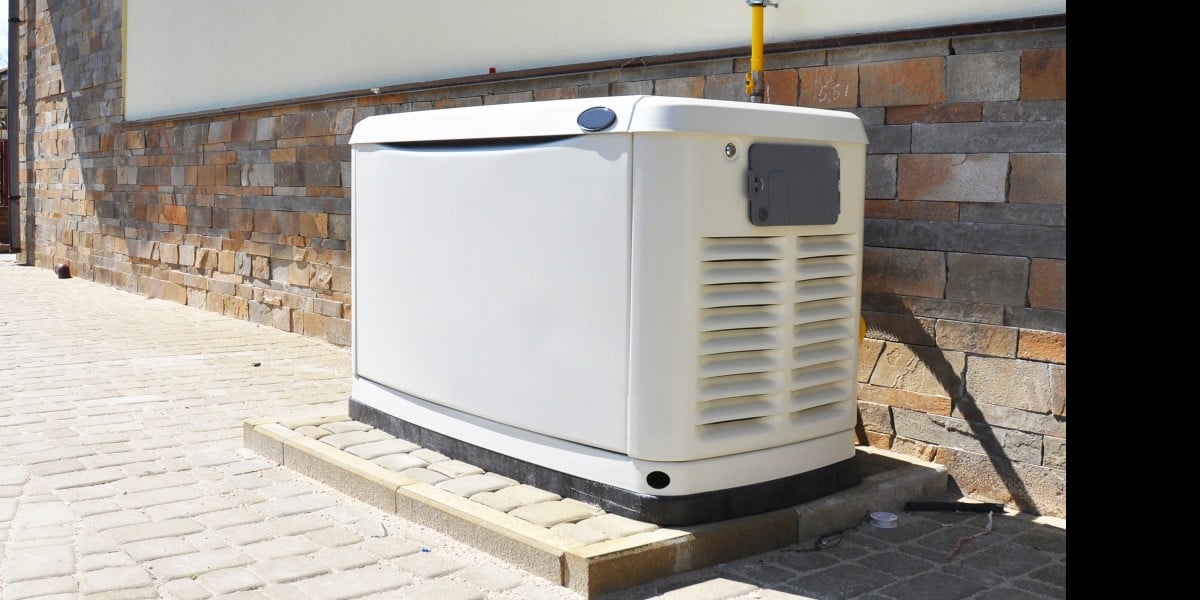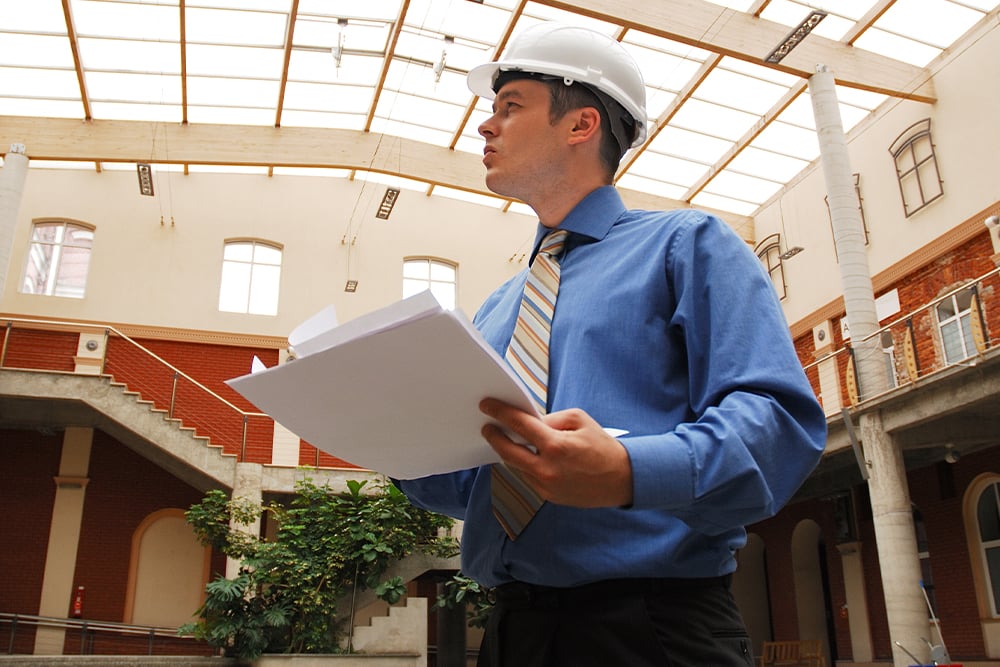Installation Guide: Home Standby Generator for Emergency Backup Power
Introduction
Standby generators perform the crucial task of supplying power during outages. They are permanently connected appliances that operate automatically within seconds after a power supply disruption. Most residential generator models run on natural gas, propane, and diesel, allowing them to activate during an outage.As an owner, it's essential for you to understand what it takes to add a generator to your home or RV. While the installation itself may be complex and require skills from several trades, you, as the owner, can easily manage the project by understanding and implementing the necessary steps to have an excellent experience.
Standby Generator Overview
A residential standby generator consists of the generator itself, an electronic controller, and an automatic transfer switch. The system tracks incoming power from the utility company and, upon detecting an outage, begins a sequence of events to run the generator.Once running, the automatic transfer switch disconnects from the main utility lines and stores power in the generator. In a whole-house system, the switch would include the main service panel. In some configurations, transfer switches may only move specific circuits onto the generator.In both scenarios, the generator mechanisms block inbound utility lines from the power produced by the standby generator to ensure safety. This measure prevents the standby generator from energizing downstream utility lines, which would endanger line works on the utility line restoring the local grid.

1. Decide DIY Project vs. Contractor
Consider the role you want to play in this complex project.
DIY is an attractive option for those looking to save costs and enjoy working on their home—our advice: skip the DIY for this project. Most homeowners aren't qualified to complete an installation, and the consequences of a mistake are too significant when dealing with electrical systems.
What skills are required to install a generator?
How does generator installation impact homeowners’ insurance?
How can I stay involved in the project if I choose not to DIY?
2. Choose Your Installation Site
Be aware of safety, manufacturer guidelines, and local codes.
Consult and adhere to the manufacturer's guidelines for proper standby generator placement. Procure your generator's height and width specifications from the manufacturer's installation instructions. Then, ensure that you and your contractors are familiar with local codes. We recommend installing the generator close to the gas supply to minimize plumbing costs.
How far away from the property should the installation be conducted?
What dangers should I be aware of during installation?
What are general guidelines for installation?
- The top of the generator should be at least 60 inches from the roof.
- Generators should be at least 60 inches away from doors, windows, vents, or house openings.
- The generator must be at least 36 inches from any obstruction.


3. Think Before You Buy
Get the appropriate permissions to start your project and consider your power needs.
Pause before you purchase to set yourself up for success. Contact your local building department and, if necessary, your homeowners' association to gain approval for your installation project. Obtain a building permit before purchasing any materials or a generator. Consider what you want to be powered by your generator when the power goes out, like furnaces, sump pumps, lights, and refrigerators.
What capacity should my generator be?
Who should I contact before starting my project?
Who will need to inspect the project upon completion?
4. Interview Contractors
Once you understand building department requirements, start interviewing subcontractors and accepting bids.
To ensure success, look for contractors who have experience installing standby generators and understand local building requirements. Check review sites and the Better Business Bureau for comments from previous customers, complaints (if any), and how the contractor dealt with them. Perform your due diligence and keep in mind that price is only one factor.
What should I ask contractors to provide?
How many quotes should I seek to obtain?
How do I select the right contractor?


5. Make a Purchase Decision
Zero in on the generator that is going to meet your requirements and keep you powered when you need it most.
Identify the manufacturer and model generator you wish to purchase based on capacity and other requirements. Be sure to select a model that has enough power supply to handle your current and future energy needs as they increase. Check that your generator includes an automatic transfer switch (most do), and make a plan to obtain one if it doesn't.
What do I need to know to evaluate which generator to purchase?
What do I need to consider for maintenance?
How will I power my new generator?
6. Purchase & Delivery
Proper permits and scheduling are essential for a smooth delivery process.
From purchase to delivery, it's essential to procure your building permit and schedule contractors to complete the generator install project adhering to the building permit's desired time frames. Don't forget to make necessary arrangements for extra help or equipment to transport the generator once it arrives at your property.
How do I get my generator?
How can I prepare for delivery?
How many people will I need to help when my generator arrives?


7. What to Expect After Delivery
Set your generator up for installation and inspection success.
Upon delivery, relocate the generator close to the installation site, where you should have the pad, plumbing, and electric rough-ins completed. Call your local building department to inspect and verify the work. Once these professionals have signed off, you can complete the installation.
Start by placing the generator on the pad, ensuring it's leveled so the plumber and/or electrician can complete their work. Once the unit is assembled and tested, get a final inspection.
8. Managing Building Inspections
The name of the game for building inspectors is safety: yours, your contractors', and your family's.
Building inspectors ensure the safety of everyone involved during your generator install project. Generator installation projects often require alterations to your electrical system, which can present a significant hazard if not handled properly and professionally. Inspections should go smoothly if you've hired the right contractors and followed the guidelines as provided.

Choose Your Standby Generator
Now that you’re ready for the installation process, select the generator that will meet your needs and keep you powered.
Shop Trusted Brands
Contact Us Today!
Lorem ipsum dolor sit amet, consetetur sadipscing elitr, sed diam nonumy eirmod tempor.






